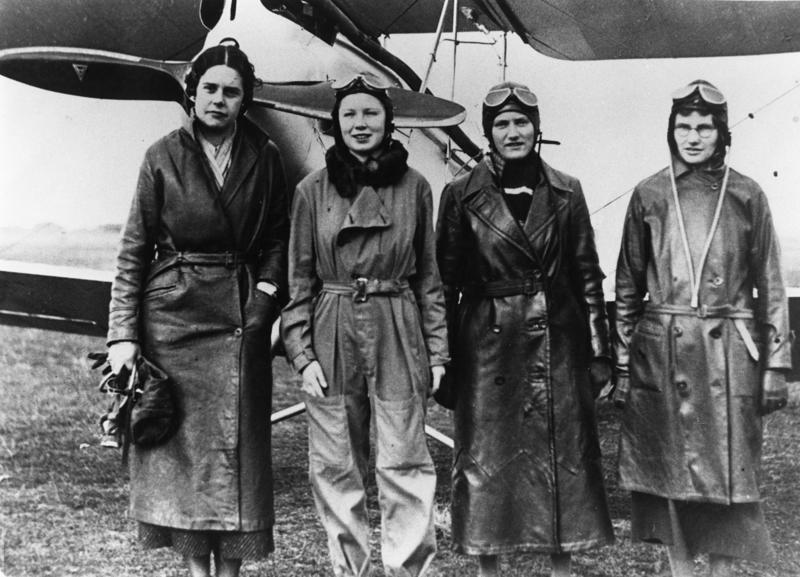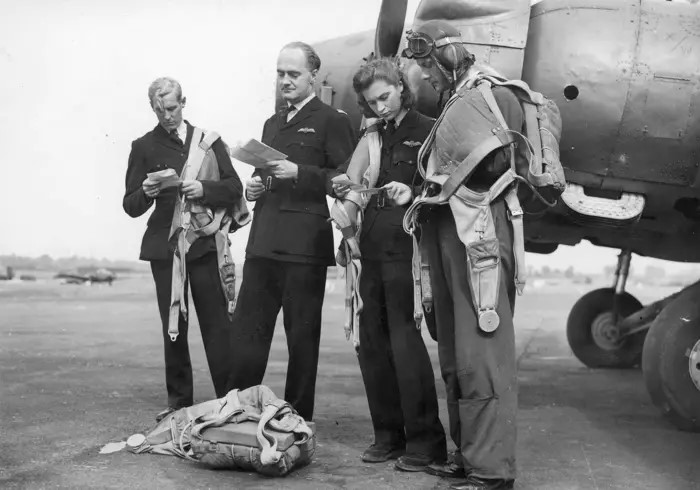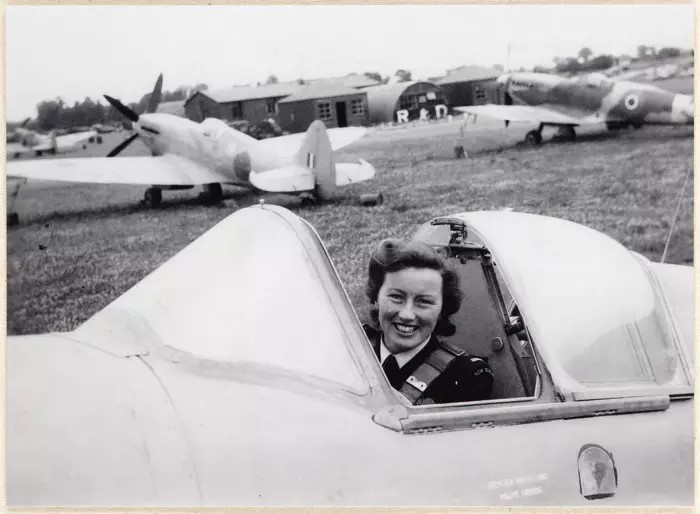Stories
Stories
The ATA Girls – Kiwi Women Flying High
The Air Transport Auxiliary (ATA) was established in the UK in September 1939 to fly light aircraft transporting mail, dispatches and medical supplies to support the war effort. Within weeks it was obvious that the ATA was needed to do more, particularly flying new, repaired and damaged military aircraft between factories, assembly plants, active service squadrons and airfields. In doing so, they would free up RAF pilots desperately needed for combat duty.
Pilots were recruited by the ATA who could not qualify for the RAF or Fleet Air Arm for reasons of age, fitness or gender. Physical disabilities were often ignored if the pilot could do the job, resulting in the humorous reference to the “Ancient and Tattered Airmen” (ATA).
Among the pilots who flew in the ATA were many women, who became nicknamed ‘ATA-girls’. The first 8 women joined the ATA on New Year’s Day 1940. Eventually 168 female pilots were to fly for the ATA during the Second World War. Female pilots from around the world eagerly volunteered to join, including at least five New Zealand women. Theirs is a remarkable story.

June Winstone, Trevor Hunter, June Summerell and Eva Parkinson who escorted Jean Batten while on her New Zealand tour.
(Credit: Walsh Memorial Library, the Museum of Transport and Technology)
Historian Gabrielle Fortune uncovered the story of Betty Black (Dunedin), Judy Howden (Waikato), Trevor Hunter (Whanganui), infamously named Trevor because her mother was convinced she was going to be a boy, Jane Winstone (Whanganui) and Marie Furkett (Wellington)
These five women had each learned to fly in New Zealand before the war at local aero clubs. It was their determination to fly, and apply their skills to the war effort, which encouraged them to make the trip to England at their own cost, with no promises of being accepted into the Air Transport Auxiliary,
Typical was the experience of Judy Howden. At the outbreak of war, she enlisted with the Women’s Auxiliary Air Force, serving at the Second Elementary Flying Training School (EFTS) at Woodbourne. Here she was the Airwoman of the Watch, where she used her aviation skills and training, to guide pilots taking off and landing at the airbase. She was not however allowed to fly, and with no prospects of flying for the Air Force, let her license lapse.
After two years word came through from Wellington that the ATA in Britain was training women as pilots for their Ferry Service. A cable was sent asking she be considered, a reply came which stated, if she travelled to England at her own expense, they’d give her a fair trial – but no promises.
Howden passed all of the requirements and was admitted in December 1943, she served until August 1945 when the service was disbanded.
Judy Howden in the cockpit of a Spitfire, RAF Brize Norton.
(Credit: Auckland Libraries Heritage Collections Footprints)
As members of the ATA, pilots had to be extremely adept at flying numerous different types of aircraft, often having to switch from plane to plane flying different aircraft within the same day.
During her time with the ATA, Trevor Hunter, who became the most experienced of the New Zealanders in the ATA, accumulated 1200 flying hours, flying 42 different types of aircraft. Towards the end of the war, she flew as unofficial second pilot in four-engined bombers.
Similarly, Judy Howden flew twenty-two different types of planes including Spitfires, Fireflies, Barracudas and Mustangs.
Flying for the ATA was not without its challenges. Aside from having to adapt to different aircraft, and variable weather conditions, the aircraft flown may be in need of repair or the ferrying flight might be the first after maintenance or repair.
On 10 February 1944 Second Officer Jane Winstone was ferrying Spitfire LF.1X MK616 from the Vickers Aircraft at Cosford to 39 Maintenance Unit, RAF, Colerne, Wiltshire. On take-off the engine cut out three times and in making a forced landing crashed at Tong Lake a couple of miles from the airfield. Tragically Jane died on impact.
Because radios were largely reserved for those in the Air Force, navigational skills were essential, ‘You estimated your course and then worked your way cross country. It was all map reading.

Betty Black, second from the right, with other members of the Air Transport Auxiliary.
(Credit: Air Force Museum of New Zealand)
In many ways these brave women paved the way for future female pilots. Having served two years in the ATA in Britain, Judy Howden returned to New Zealand on the Rangitata in January 1946. She gained a commercial pilot’s licence and worked for Waikato Aero Club for six years. Trevor Hunter also achieved her commercial flying licence and clocked up hundreds of hours over the next few years.
One notable feature of the ATA was that women received the same pay as men of equal rank, starting in 1943. This was the first time that the British government had agreed to equal pay for equal work within an organisation under its control. At the same time American women flying with the Women Airforce Service Pilots (WASP) were receiving as little as 65 per cent of the pay given to their male colleagues.
For more: ‘ATA-girl’: The Fab Five of New Zealand Aviation. Gabrielle Fortune, Auckland War Memorial Museum- Tāmaki Paenga Hira. 31 March 2021
